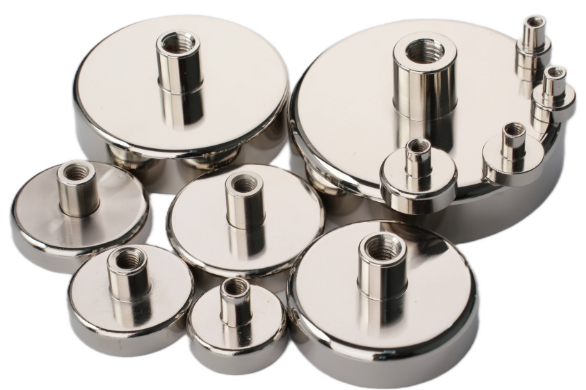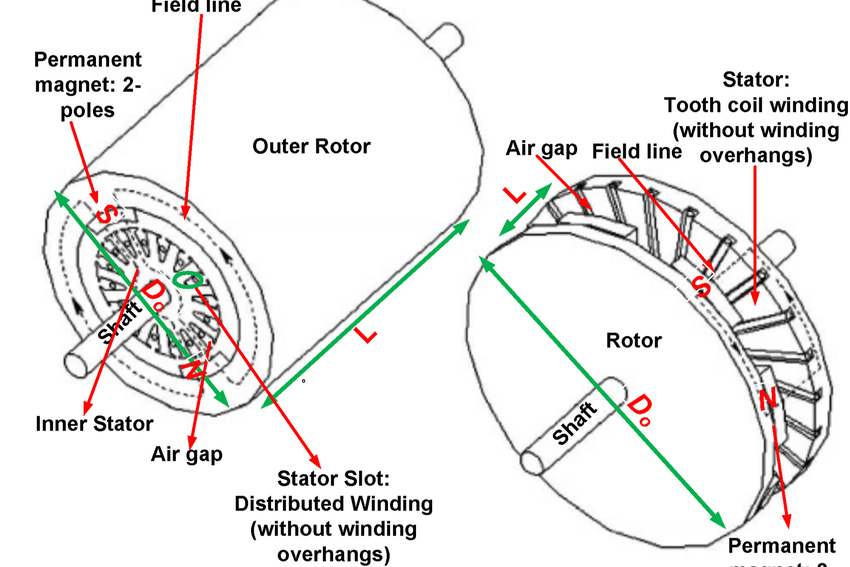Are Governments Wasting Money on Turbines?
Wind turbines are expensive and inefficient. Not only do they cost a fortune to install, but once they have been installed they do not necessarily guarantee a return on investment. This is because wind turbines are only effective if strong winds are present. As this is not always the case, we cannot guarantee the amount of energy that will be produced. Another problem is that generators must be installed to pick up the slack on less windy days. As these generators are turned on and off to balance the energy required, they themselves are adding to the carbon dioxide in the air, thus defeating the whole purpose of wind turbines in the first place. Furthermore, these generators are run by fossil fuels; therefore you can still expect a monthly bill. It has been reported that some farms have been a huge disappointment. This can be seen in the Cape Wind project off of Nantucket Sand; which was estimated to generate 468 megawatts, but only produced an unsatisfactory 174 megawatts. For power companies, this inefficiency can be a nightmare when trying to provide reliable power to a community. In England it was recently reported that Councils are wasting millions of pounds on wind turbines that are not working or will take hundreds of years to repay because they are generating as little as £13 worth of energy a month. Some turbines generate so little energy they would take hundreds of years to repay their original value. Critics claim that this poor performance of wind turbines shows how they are an ineffective form of renewable energy. Nevertheless wind turbines still have great potential. And although we wish the government would stop wasting money before it does a thorough research; we can take comfort in that we are moving closer to renewable energy. Ideally more research should be put into finding out how to improve the efficiency of wind turbines. As the potential they possess is still enormous. The key could be in just simply moving them off shore. Even though the sea is naturally a more hostile environment and offshore wind farms take longer to develop. But nonetheless there is considerably more wind at sea then there is on land. This could combat the efficiency problem.















